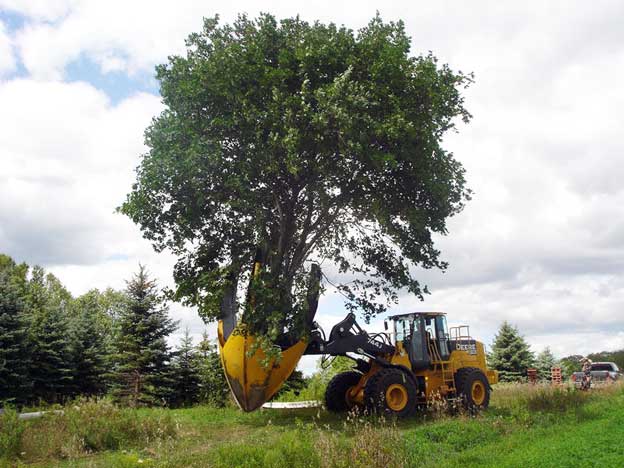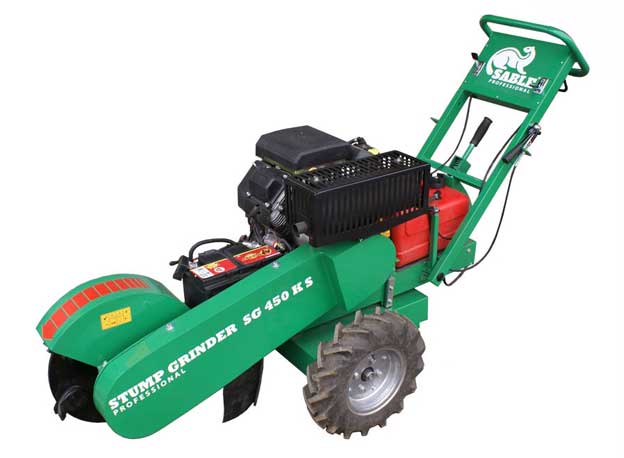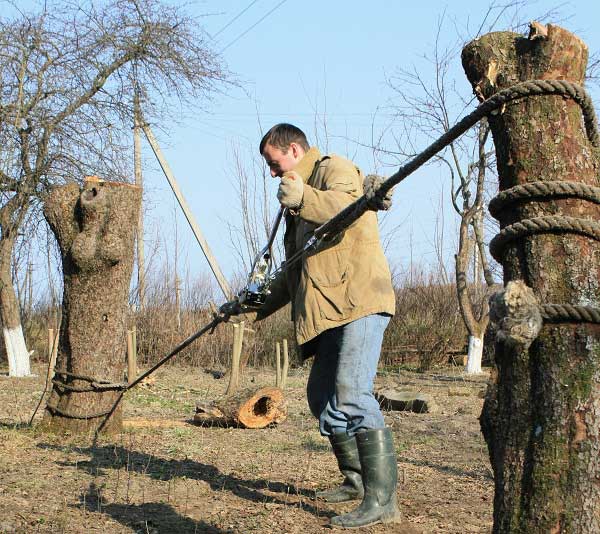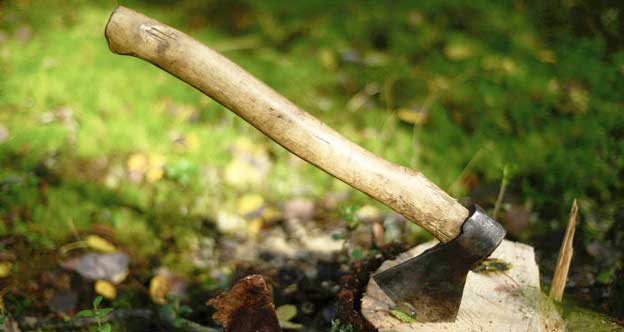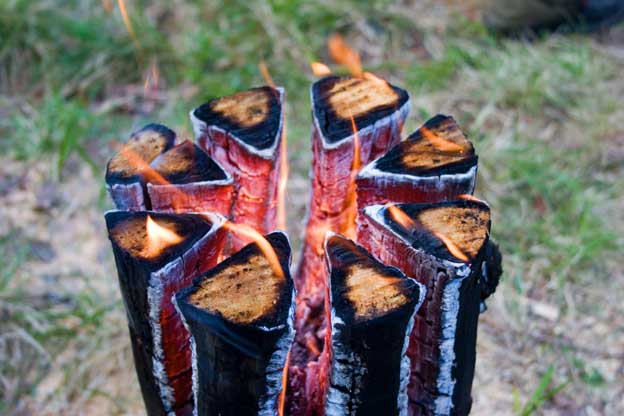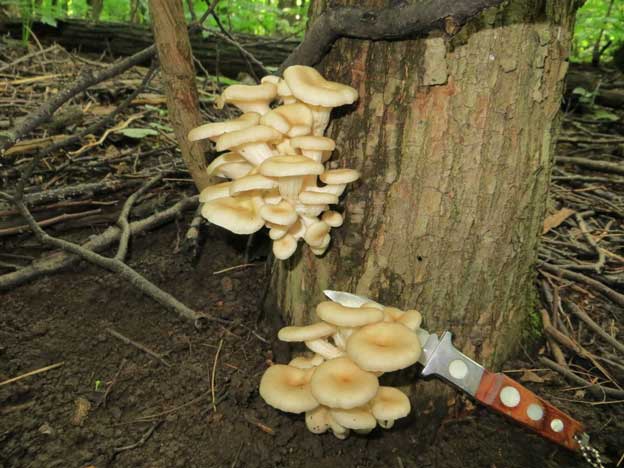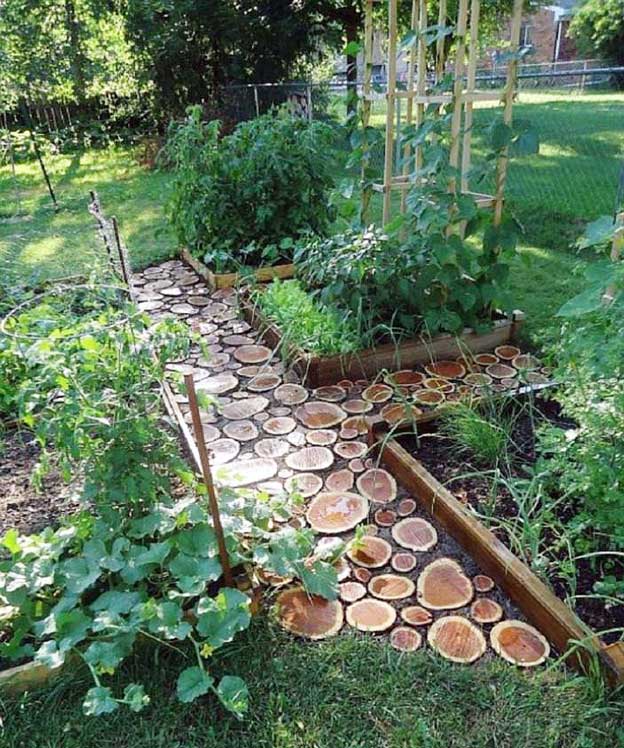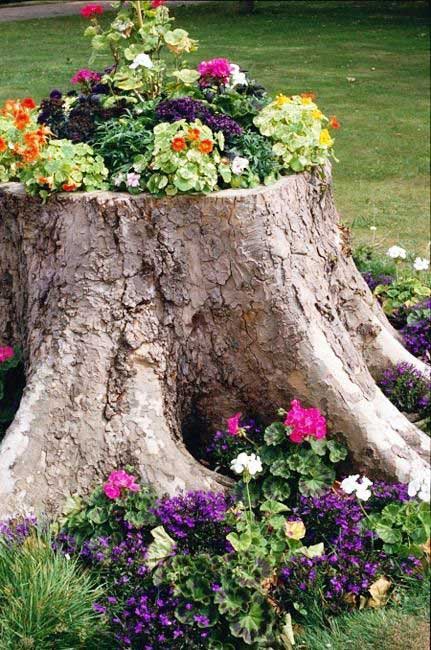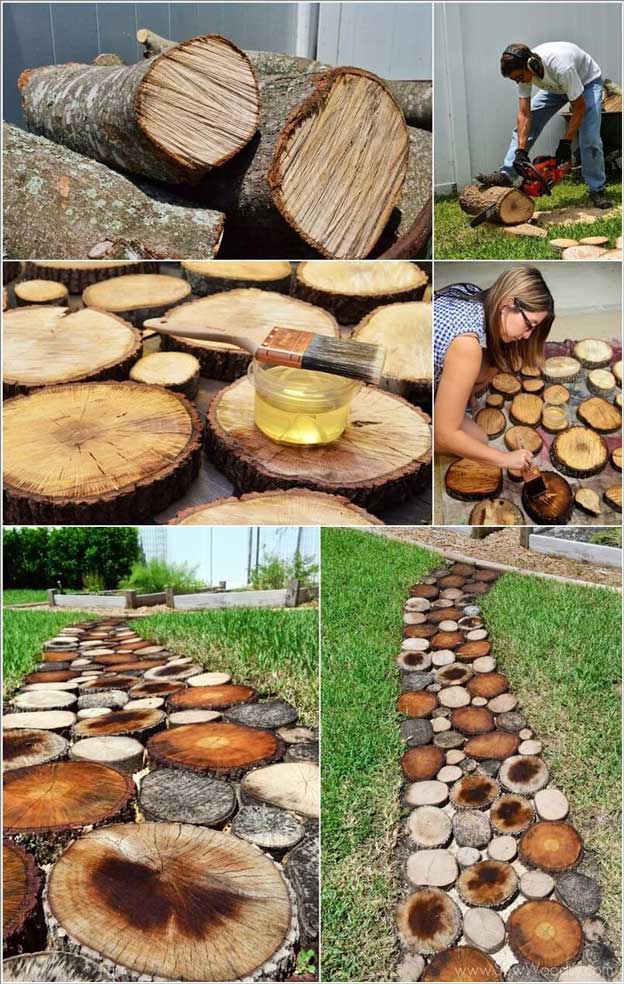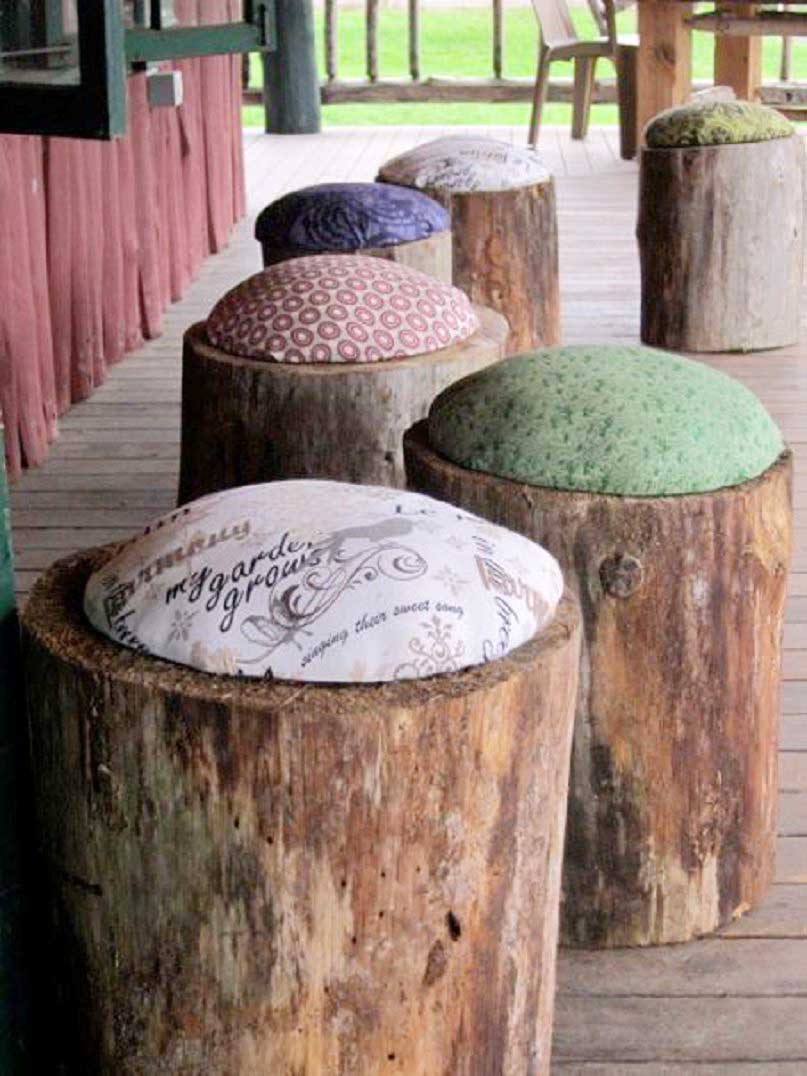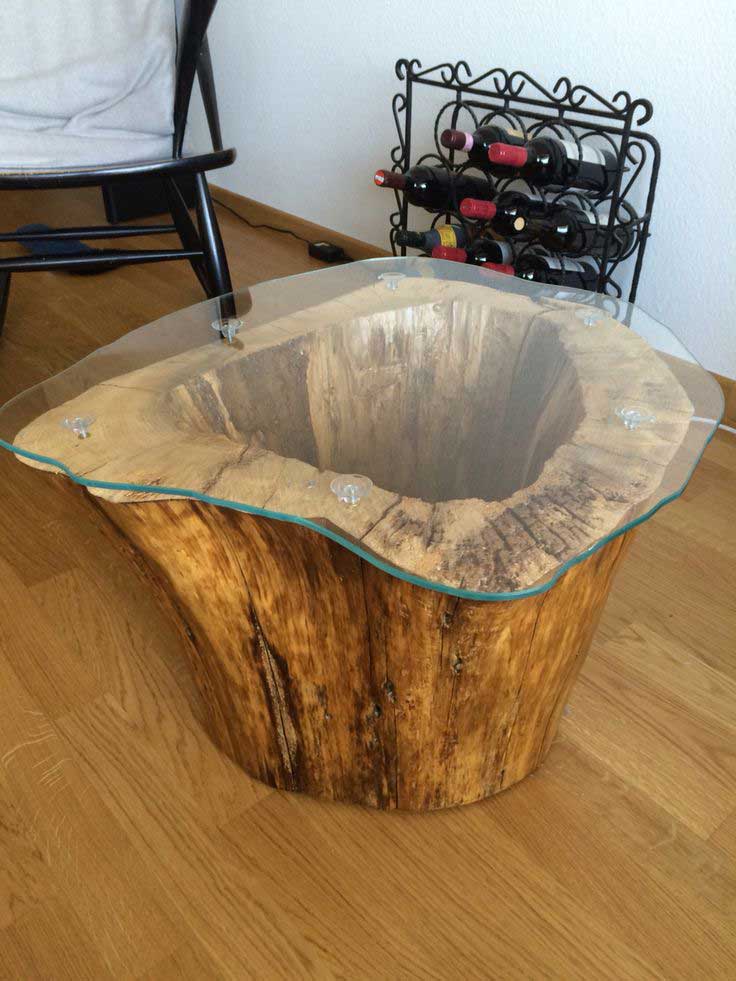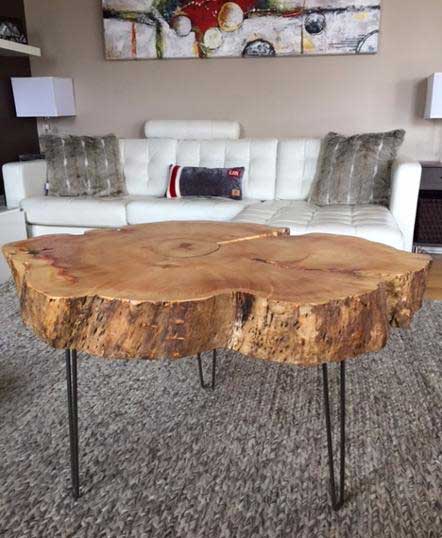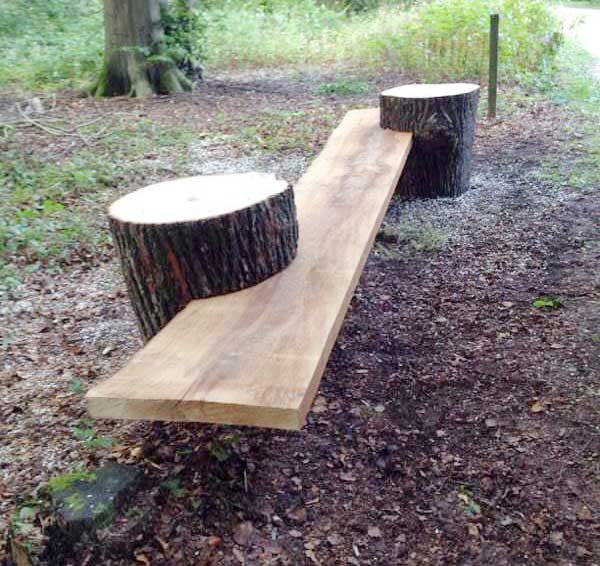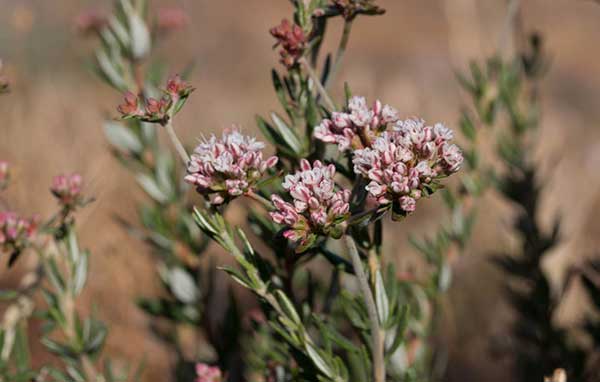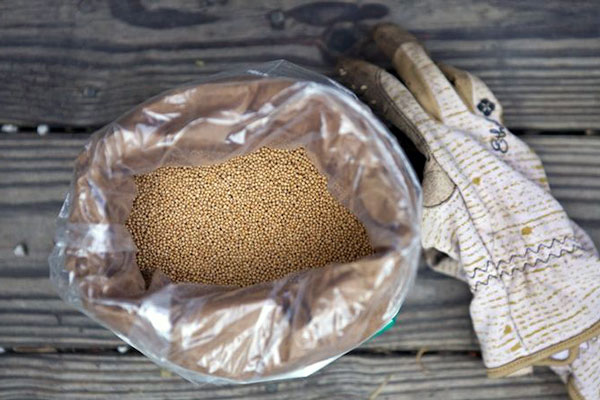In the previous article, I started discussing site clearing from scratch . One of the most labor-intensive stages of land development is tree and stump removal. There are several solutions to this task, and I will cover each one in detail.
Since I am still just a theorist - gathering and systematizing material from forums and specialized publications on arboriculture, landscape design, agronomy, and agriculture. Due to a lack of practical experience, it is possible that there may be errors in the gardening articles - please correct them in the comments.
It’s not worth delving into the legal nuances of tree felling, as we come from different parts of the world, but definitely check whether you need a logging permit or any other authorization for felling.
Tree Felling with Equipment
Trees and stumps can be removed using a tractor, bulldozer, or backhoe loader - any heavy equipment, provided such machines can access the site. For large specimens (over 10 meters), the work is done in stages: cutting branches, the crown, and the trunk in pieces. If the fall zone is a clear field, preliminary cutting may not be necessary. Arborists specializing in tree removal handle this. Using heavy machinery is not always the fastest but is the most expensive method.
Preparing trees for stump removal with an excavator: cut closer to the ground, as the machine will dig around the stump. For manual stump removal, the stump can be left up to 2 meters tall as a lever, but this applies to trunks up to 50 cm in diameter. An excavator can immediately load the stump into a truck; otherwise, dealing with roots and heavy stumps can be challenging.
Pros:
The main advantage is that you save your health and time. You can move on to the next stage of land development immediately. Any tractor can quickly load stumps onto a truck.
Cons:
Heavy equipment leaves ruts and compacts the soil. Not every site can accommodate an excavator.
Stump Grinder, Stump Crusher
A stump grinder, stump remover, or stump chipping machine varies in “heaviness.” Grinders can be either attachments for tractors or handheld machines. Each model has its limitations on the depth of grinding (up to 30 cm). This method is especially preferred for grinding fresh cuts. It works quickly but doesn’t remove side root shoots. If soil will be brought in for filling, remaining roots should not cause problems in planting areas. All roots should be removed under the foundation of any future garden building.
Pros:
No need to worry about removal or disposal. Chips can be used as mulch.
Cons:
Stump grinders are not available for rent everywhere. A good stump grinder costs around $15,000.
Tree and Stump Removal with a Winch
An undesirable tree is dug around, roots are undercut or cut, and then pulled out with a winch - lever, manual drum (in simpler cases), or hand hoist on a tripod. A winch is a dangerous mechanism. Its cable (chain) must be very strong; otherwise, a snapped cable can cause serious injuries. This happens more often than one might hope.
Before cutting roots with a chainsaw, you should wash them with water under high pressure, as sand and small stones quickly dull the chainsaw chain, which is an expensive process. Alternatively, cut them with an axe.
Pros:
Winching is one of the most cost-effective methods in terms of price, labor, and time.
Cons:
Requires some experience with such mechanisms and physical effort.
Manual Stump Removal
Manual stump removal is feasible but very labor-intensive and time-consuming. You will need a shovel, pry bar, axe, and chainsaw. It depends on the branching of the root, trunk diameter, and tree age.
Standard manual stump removal process:
- Dig around the stump with a shovel.
- Cut accessible roots with an axe.
- Pry up the stump with a pry bar or pipe and pull it out of the ground.
How to Get Rid of a Stump Without Removing It
Chemical Stump Removal. The slowest method for removing stumps is chemical. It is not always effective but is widely discussed online. To decompose a stump with potassium nitrate, it takes at least a year with fertilizer added every three months, although these times are approximate.
Potassium Nitrate Treatment:
- Drill several deep holes in the stump.
- Fill with pure nitrate (potassium nitrate, potassium nitrate), moisten the holes. If water dissolves the nitrate, add more.
- Cover the stump with plastic for 2-3 months and repeat the procedure.
- After a year, set the stump on fire; it should burn down to the root tips.
If you get pure nitrate, not part of a complex fertilizer, this method may work. However, the success rate is around 50/50. Depending on the age and condition of the tree, nitrate quality, and soaking time, it varies. Some people have burned their stumps in 3-4 months, while others take up to 3 years.
You can also use salt to fill stumps, but I include it as a harmful advice since salt will prevent anything from growing deeper than carrots in that soil for years, even with added fertile soil.
Cons:
You cannot burn stumps in peat bogs. It is a very slow process with no guaranteed success.
Herbicide Treatment of Stumps with Regular Sprouts. This method is useful if land development might take a couple of years. Some tree species develop young shoots quickly, which are hard to keep up with. If trees are felled but stumps are left, you can stop the shoot development and speed up root decomposition using an herbicide.
Simple watering with the recommended amount on the canister is insufficient. One option: dig up one of the roots, 1-2 cm in diameter, cut it at an angle. Prepare a glove (non-permeable bag) with concentrated Roundup and place it on the live part of the root. Seal and leave undisturbed. Within 3-4 weeks, the trees and shoots will shed their leaves and wither. By the time you dig in the fall, only rotten remnants will remain. This is a real tip from a Forumhouse user. Effective concentration should be one part herbicide to three parts water.
Stump Burning with the “Finnish Candle” Method
The stump is cut below ground level like a pie with a chainsaw. It is soaked with a flammable liquid - even used motor oil can be used. Allow some time for soaking, especially if the stump is from a freshly cut healthy tree. Light it and let it burn down to the roots.
Handling flammable liquids is recommended in spring, as the tree’s sap spreads the flammable liquid to the root tips if the tree was recently cut and is sprouting. Kerosene is considered the best fuel due to its ability to penetrate any pores because of its ultra-low viscosity.
If burning out stumps, ensure safety. Create a trench around the fire pit and have sand and water nearby. The ash from the fire can be used as fertilizer if sifted and stored in airtight containers.
Arborists’ Tips (Tree Cutting Specialists)
- If you plan to remove a tree under 10 meters, don’t cut it down. Dig around the root zone, cut the roots, and the trunk will pull itself out due to its mass. This method extracts the main mass of large roots, while smaller ones quickly decompose.
- Stump removal is most effective on moist spring soil or after heavy rains - roots come out more easily.
- If soil will be brought in, removing roots at future planting spots isn’t necessary. You can remove the stump slightly below ground level and cover it.
- It’s easier and safer to cut live trees, so don’t rush their demise - an arborist will charge more for work with dry trees. In some situations, dead trees are only felled with equipment.
- If planning to remove stumps with a tractor, leave stumps around one meter high so the tractor can wrap a cable or chain around them.
Mycelium Stump Decomposition
This is the most elegant, “green” way to deal with unwanted stumps. Inoculate the stump with the mycelium of oyster mushrooms or other fungi, and within a few months, the mushroom will completely decompose it. I have a whole section on mushrooms.
Root Removal by Cutting Sprouts
The most prolonged way to get rid of unwanted trees in a garden but the least labor and cost-intensive. Cut fresh stumps below ground level and cover them. Regularly cut or pull out sprouts from the branching root as often as possible, especially the first summer - at least once a week. By the
next year, the sprouts will be significantly reduced as the roots begin to decompose without photosynthesis. Thin branches and shoots are very convenient and easy to cut with a pruner. Purchasing this tool will pay off when you start caring for your garden. Removing sprouts with a single swing of an axe is not easy, and a chainsaw gets quickly dulled by shrubbery and soil.
This method is good because heavy machinery will not be used in your garden - preserving the fertile soil layer as much as possible. It is also completely free. One downside: results take about two seasons, and not everyone has the patience. Depending on the situation, you can start creating beds in already cleared areas of the site and look forward to the future, knowing that the rotting stump will provide nitrogen and minerals to your plantings in the coming years.
Willow and aspen thickets can be so dense that a hedge trimmer won’t suffice. Since young shoots of these tree species are thin (up to 1.5 cm), you can mow them with a trimmer with a special knife attachment, remembering to sharpen it regularly.
Stumps and trunks can be turned into not only mulch and ash but also art objects, garden furniture, a grill, or pathways between beds.
If you have your own methods for dealing with unwanted trees, share them in the comments, and I’ll add them to the article.

